Sustainability is an important part of corporate responsibility and accountability, and your current lab may not be contributing to that mission. If you’re not ready for a completely new lab, but know that you need to make your lab more efficient and sustainable, there are a few changes you can make to increase sustainability, without a total overhaul of your current lab.
LED lighting
LED lighting is the most sustainable lighting option for labs (and everywhere else) for a variety of reasons. LED lights have a longer lifespan than incandescent and fluorescent lights (25,000 hours, compared to 1,200 and 8,000 hours, respectively), and use energy much more efficiently; LEDs emit brightness in one direction, unlike fluorescent tubes, which emit light in all directions, resulting in the loss of light where it is emitted toward the fixture. LED options also emit no heat, reducing the load on the air conditioning. LEDs are bright and render colors correctly (unlike some CFLs), both qualities which are crucial in a lab environment.
Low-flow faucets
One simple and relatively inexpensive change can help your lab be more sustainable by conserving water: low-flow faucets. Installing low-flow faucets can reduce water use by 30 percent or more. Not only does this save water, it can also save money on the water bill; with low-flow faucets, the average home saves $200 dollars annually on water–just imagine the savings for your lab!
Automatic fume hoods
Fume hoods use a lot of energy, more than most laboratory equipment. If your lab has standard fume hoods, consider replacing them with ductless fume hoods, which reduce the load on the HVAC system, saving energy. Look also for fume hoods which have automatic shutoff and smart controls to save on energy use.
Efficient heating and cooling
If your HVAC system is aging or larger and more powerful than your lab space requires, replacement is in order. HVAC systems lose efficiency as they age, and if the system in your lab is 10 years old or older, consider replacing it with a newer, more efficient model. If your current system has more power than you’re using, a lot of energy is going to waste–replace it with a system more appropriately sized for your lab.
Whether you can’t afford to install a new lab, don’t have the time to, or have already updated your lab recently, there are still changes you can make to increase the sustainability of your laboratory. Making sustainability changes isn’t just important to make your customers happy or to protect the environment (both of which are extremely important), it is also crucial to making your lab efficient and reducing costs.
For more information on sustainable lab design, see our post 5 Sustainable Laboratory Design Considerations. If you have any questions about sustainable labs or how to implement sustainable technologies into your existing lab, call Multi-Lab at 616-846-6990 or contact us online today!

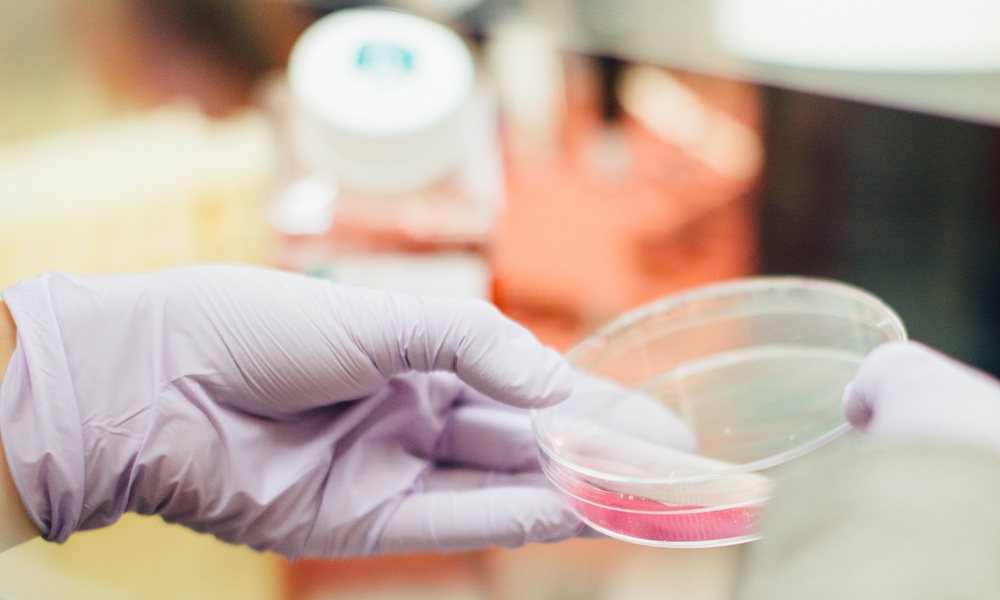
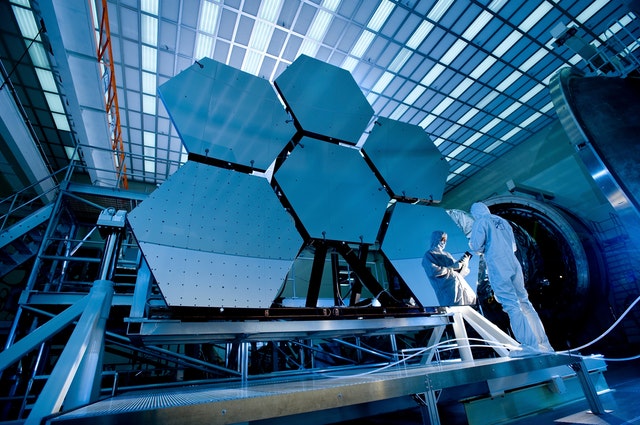
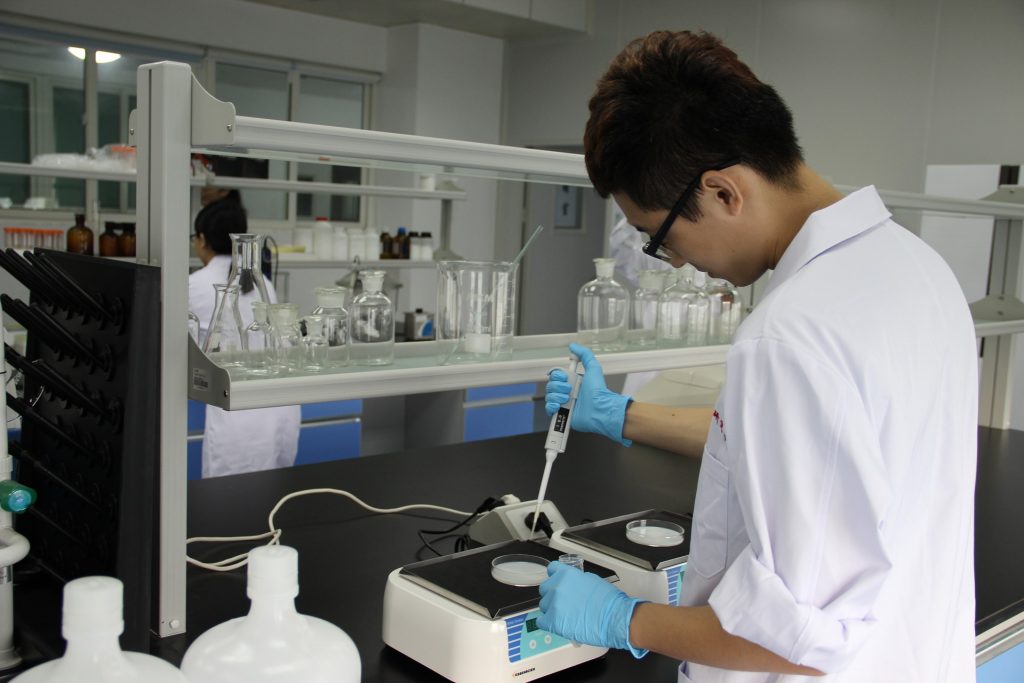
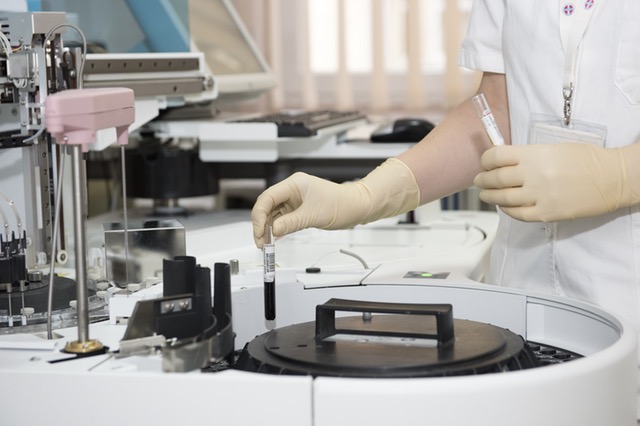
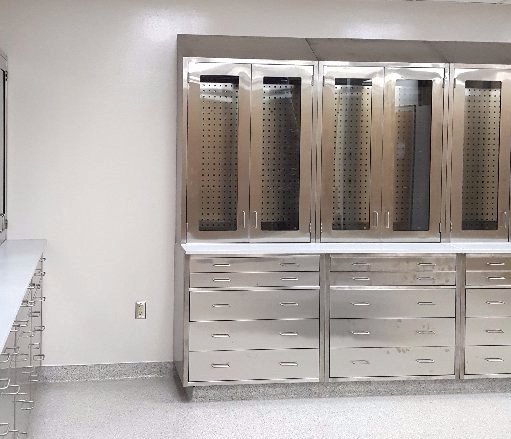
About The Author: MultiLab
More posts by MultiLab